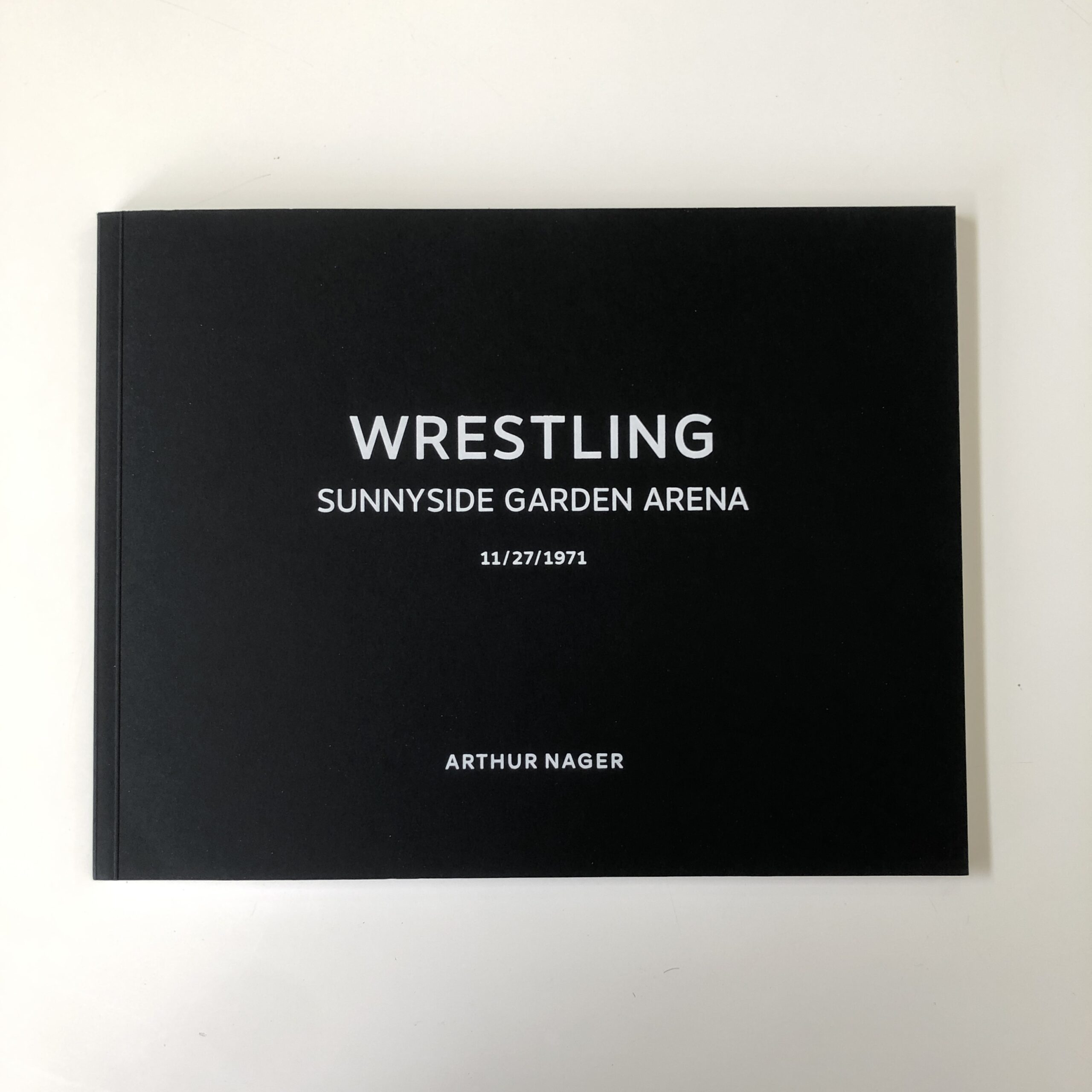
When I was growing up, Mike Tyson was the baddest dude around.
(Bar none.)
I watched the Buster Douglas fight live on HBO, and was witness to the dethroning of the king.
At the time, my brain could not fathom Mike Tyson getting his ass kicked, but there it was.

These days, boxing is not nearly as important.
Instead, MMA is the most popular combat sport around.
Everyone loves the UFC, which has great rivalries, amazing athletes, and a warrior-code-of-respect thing going that feels appropriate for the 21st Century.
(True story: a boxing-fan-relative recently told me he doesn’t watch the UFC, because he thinks it’s “gay,” as the fighters hug each other, and behave nicely in the cage, once the fight is over.)
But MMA didn’t even exist 30 years ago, and when it first began, guys from different, traditional martial arts battled it out, with the Gracies, (and their Brazilian Jiu Jitsu,) proving supreme.
These days, every fighter more or less shares the same style of striking and kicking from Muay Thai, grappling from wrestling, and submissions and ground work from BJJ.
(So not only do cultural tastes change, but entire sports can too.)
And while the UFC, and MMA in general, are significantly more popular than boxing, I’m not sure there’s a UFC fighter alive who’d fancy their chances against the current Heavyweight Champ, 6’9″ 265lbs Tyson Fury, the Gypsy King.
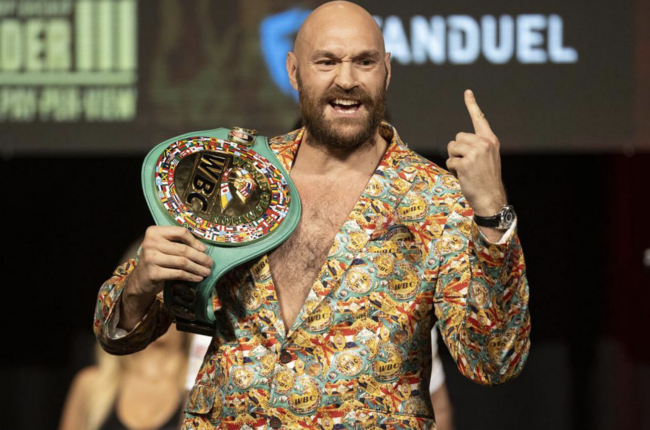
Like boxing, professional wrestling has gone through phases of popularity here in America.
Apparently, it’s huge again, (the WWE,) but I don’t follow it at all.
I know Dwayne “The Rock” Johnson and John Cena became legit movie stars, and extremely charismatic actors, having started as pro wrestlers.
(And I know The Rock’s daughter is now wrestling, but I learned that from Twitter.)
When I was a kid, in the same 80’s Tyson dominated, Hulk Hogan, Randy “Macho Man” Savage, and Andre the Giant were massive cultural stars, with crossover films and the rest.

(You knew I was going to drop a clip of ATG in “The Princess Bride” right here, didn’t you?)
That said, back then, I didn’t know much about the previous generation of stars.
Nor had I ever considered attending a match.
For whatever reason, my taste in pro wrestling leaned towards “guilty pleasure” in middle school, and I couldn’t tell you the last time I watched even a minute of it.
So Jonathan Blaustein: not a fan.
Jonathan Panes, however, was a massive fan.
How is that important?
I’ll tell you.
Last October, Arthur Nager sent me a book, but that’s long enough ago that I was clueless when I opened it up today.
Rarely has a photo book stated its intent more clearly from the cover.
We see:
“Wrestling
Sunnyside Garden Arena
11/27/1971”
I mean, really?
What else could the book be about?
It’s a self-published affair, and I enjoyed it quite a bit, but did find myself torn out of the narrative a few times, due to quirks I’ll comment on, and then move forward.
There were too many essays at the jump, so I got impatient, and started skipping ahead to the photos, before coming back.
(I was curious, given the cover’s premise.)
And I’ve been in copy-editing mode lately for a client, (apologies for the typo last week, but I fixed it after the email went out,) so I caught a couple of mistakes in this one, including one sentence that was completely repeated in separate essays by Jonathan Panes.
And the term “Sunnyside Garden Arena” was utilized three times in a row, at one point, which my brain also noticed.
The motivation behind the project was a bit random, in that Jonathan Panes, the wresting fan, invited his older cousin, Arthur Nager, the photographer and art school student, (who couldn’t have cared less about wrestling, but wanted to photograph somewhere interesting,) to the wrestling matches at the (since razed) Sunnyside Garden Arena in Long Island City, Queens.
One day in the fall of 1971.
The fight-hall had been one of a string throughout NYC, we learn, now all gone, as the size was just right for boxing and pro wrestling, but not lucrative enough to survive into the 21st C.
Mike Silver, a boxing expert, (and friend of the photographer,) writes an essay for the book, and when he calls Arthur “Artie,” I could almost hear roar of the crowd and smell the cigars on a day out in Queens:
“Artie, go get me a beer, wouldya? I’ll get ya back the 10 cents next week, I promise! Be a sport, would ya pal?”
But back to the book.
The photos are fun. For sure.
How could they not be?
I just wrote about this recently, (with the Michael Lesy book,) but we all know that putting negatives in a box and waiting 50 years is a tried and true way to end up with fascinating photographs.
Design-wise, though, I loved it when the second half of the book breaks sections down by wrestling match, featuring stats and info about each wrestler.
So clever.
The less said about the little-people wresting photos the better, but I’m not sure if I’d have included or excluded them, had it been me?
(Is that a cop out? On the one hand, the photos are offensive to modern tastes. On the other, they’re quite compelling, and make sense in context of the era. Tough call.)
But they made the decision to include them, and that’s on them.
Anyway, cool book.
I dig it.
See you next week!
To purchase “Wrestling: Sunnyside Garden Arena” click here
If you’d like to submit a book for potential review, please email me at jonathanblaustein@gmail.com. We are particularly interested in books by artists of color, and female photographers, so we may maintain a balanced program. And please be advised, we currently have a significant backlog of books for review.
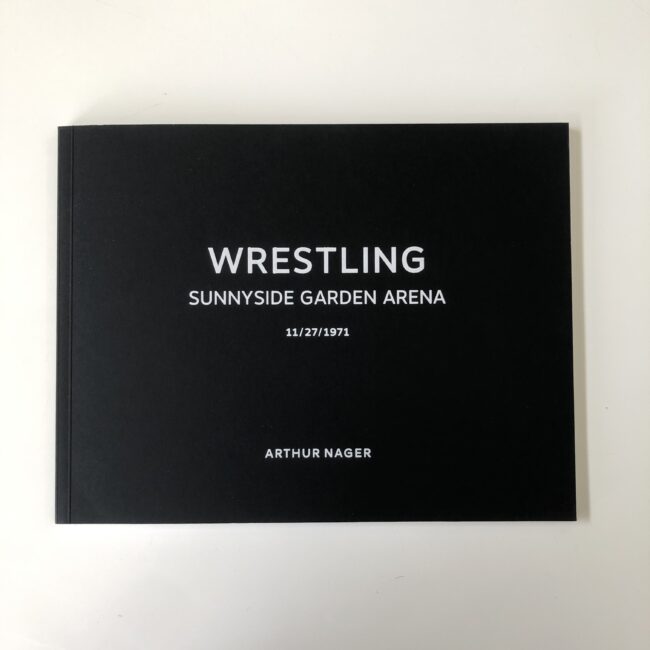
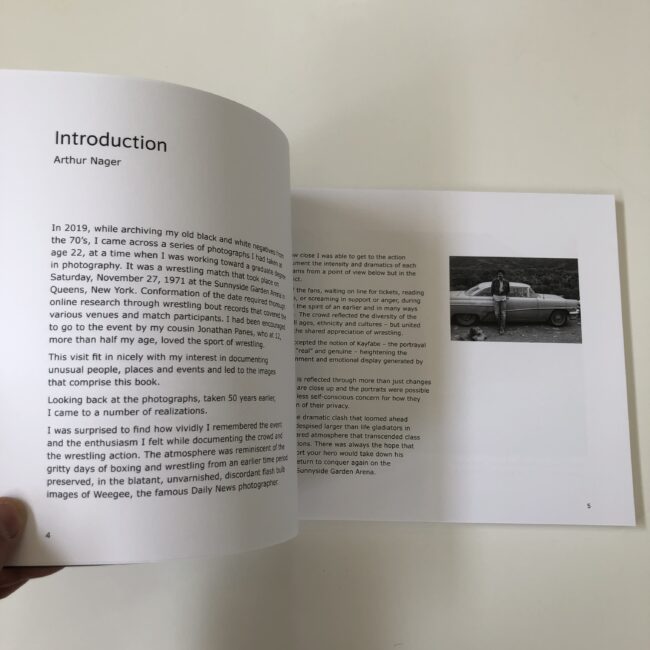

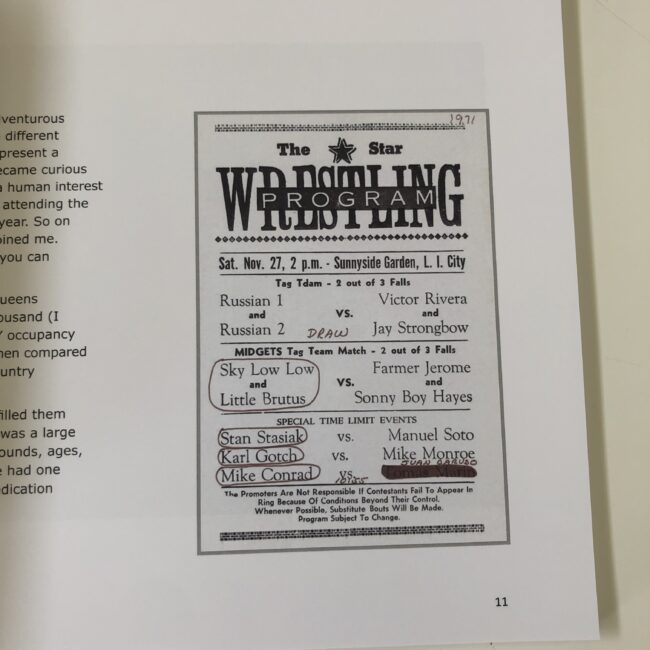
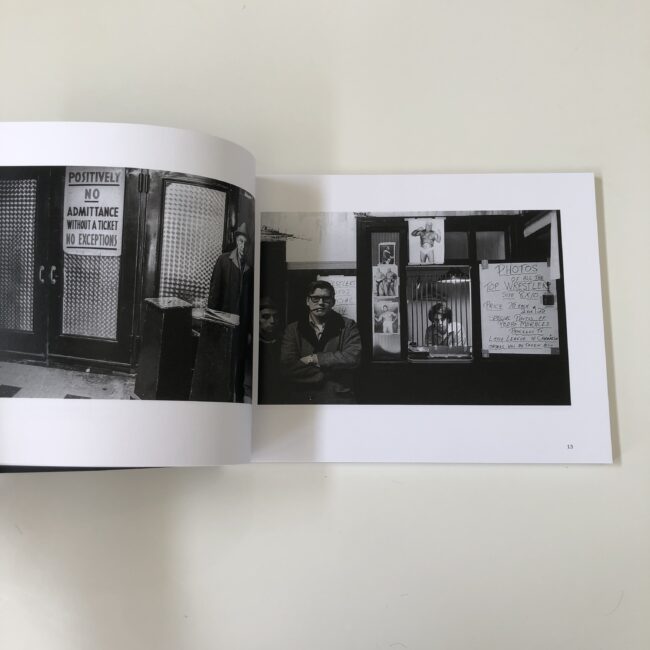

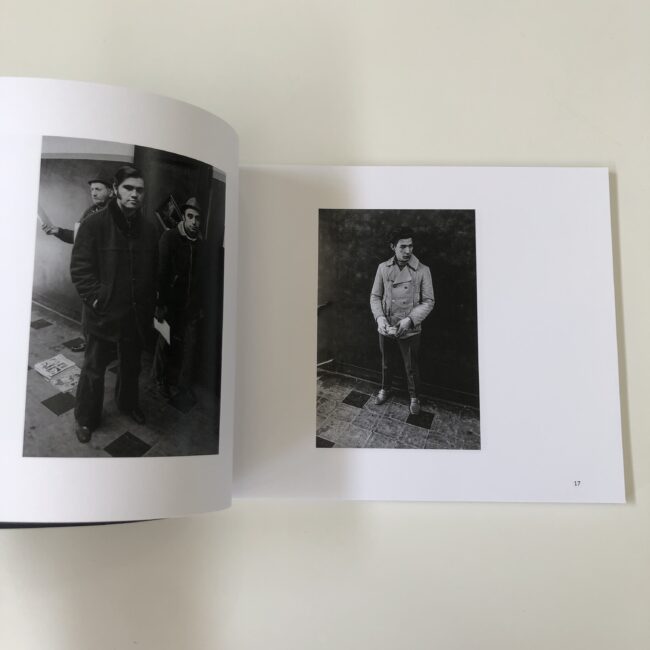
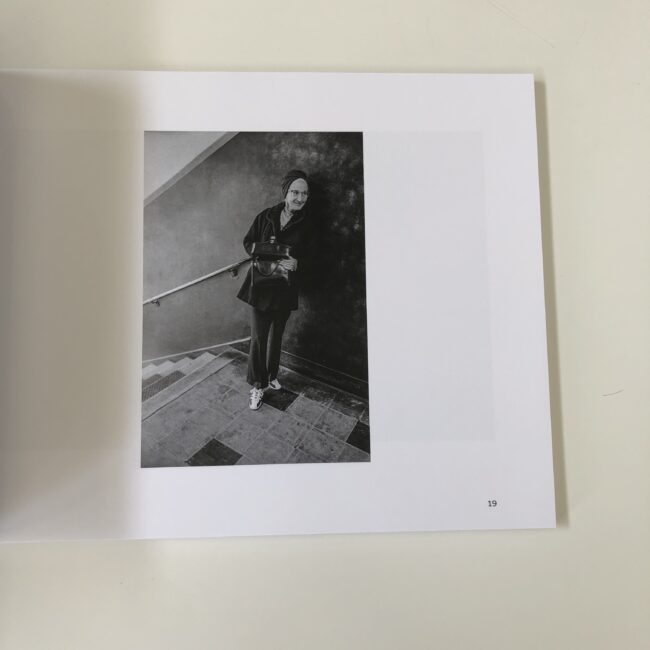

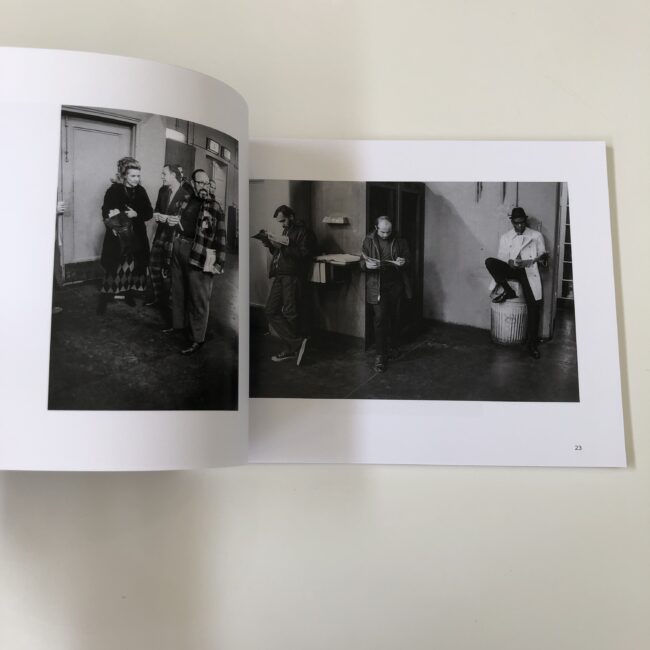
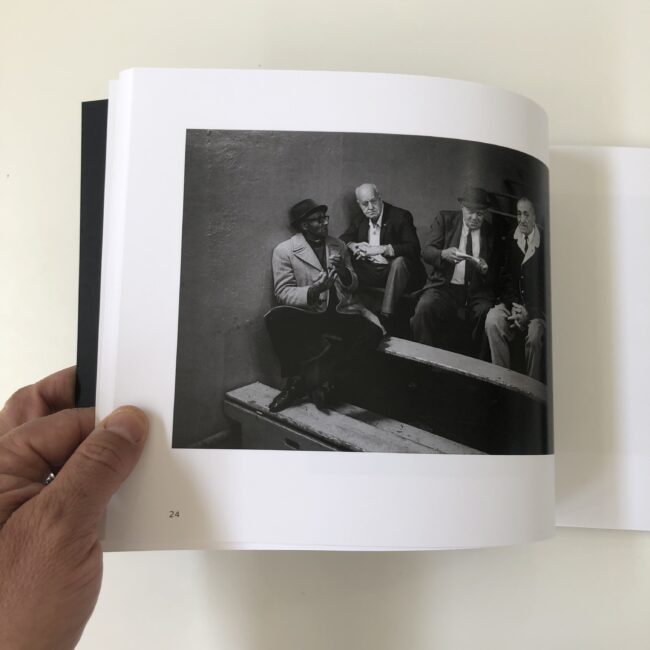
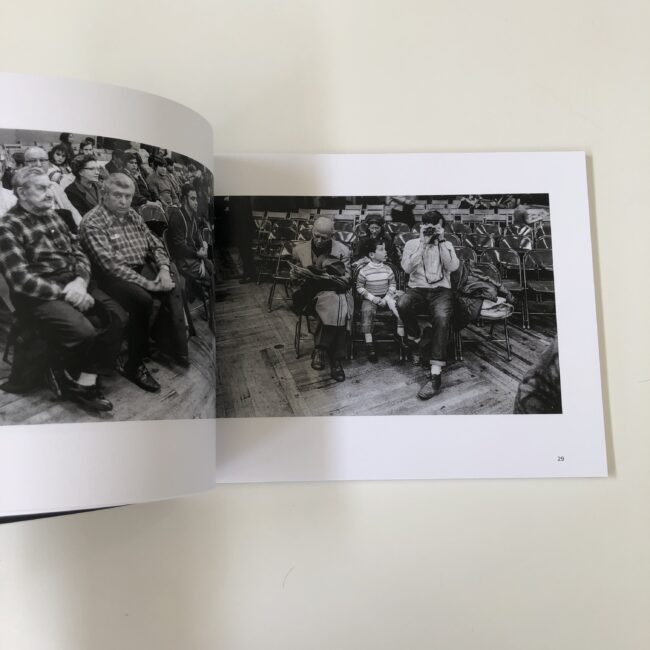
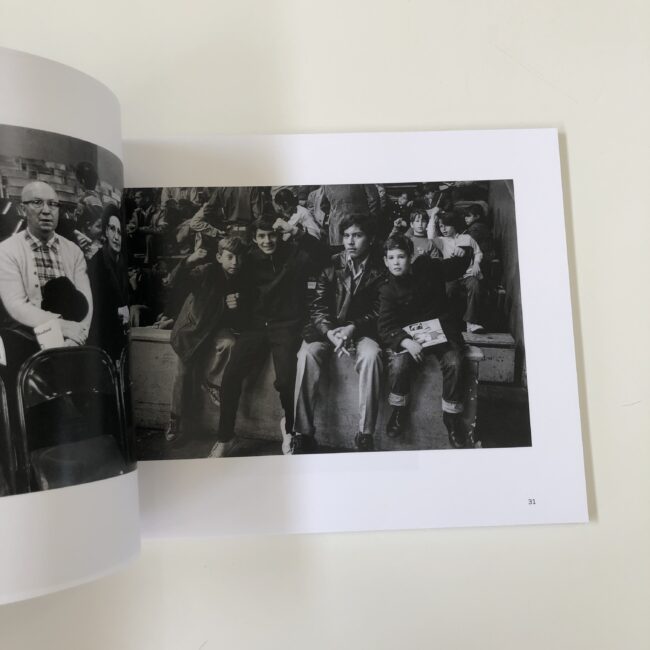
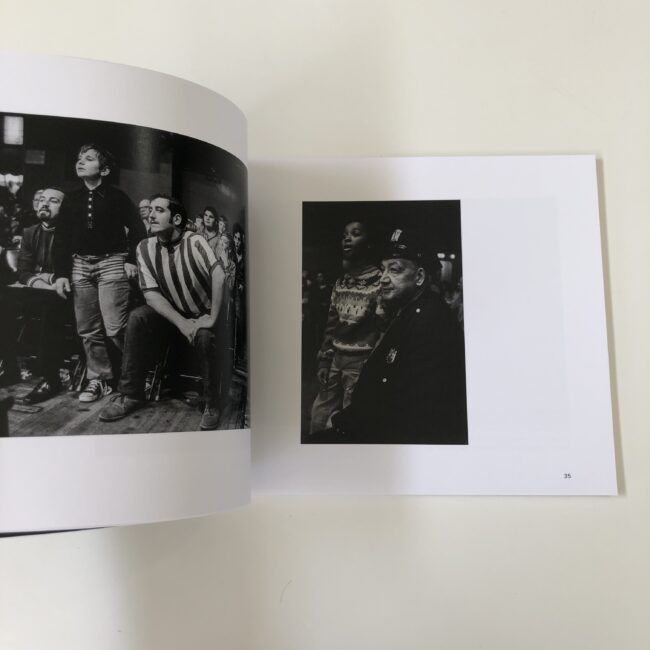

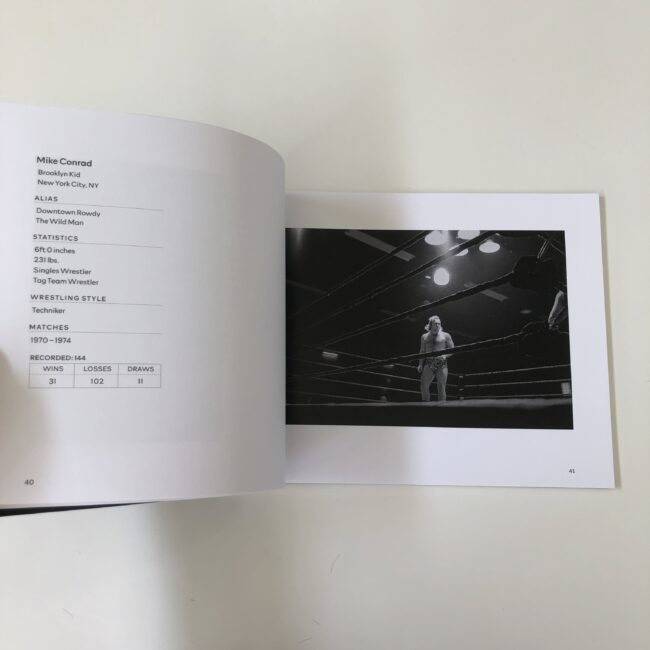
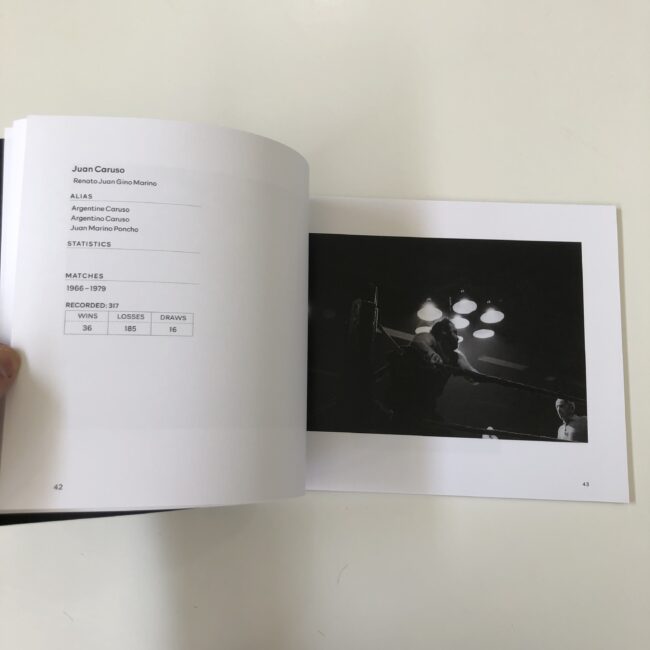


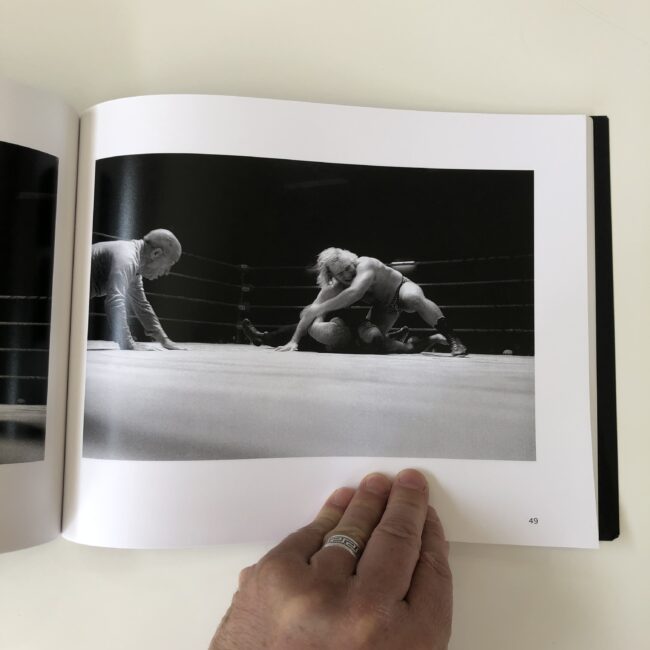
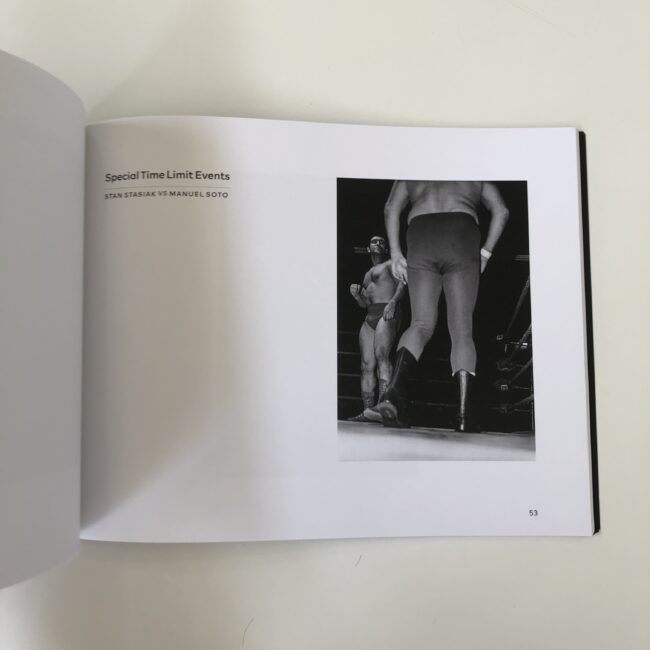

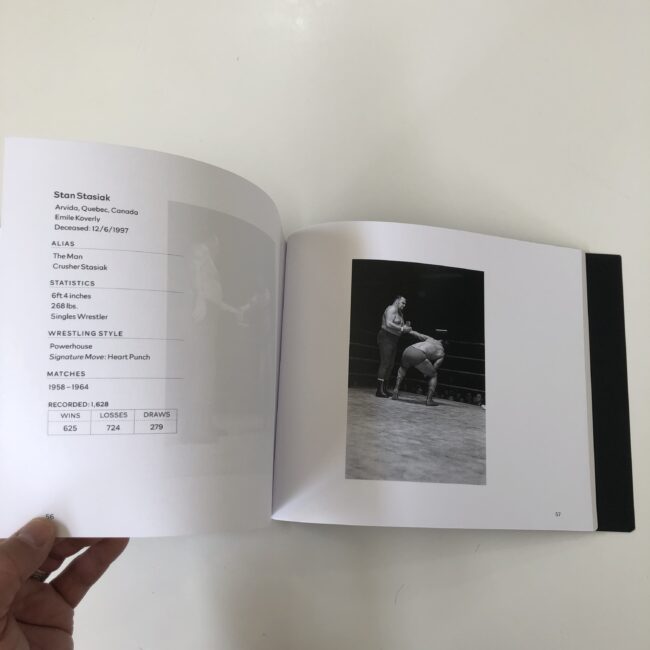
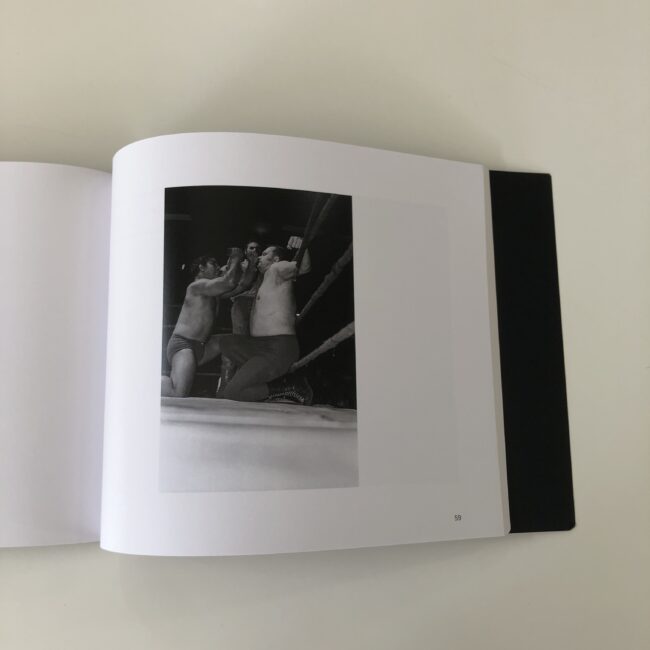
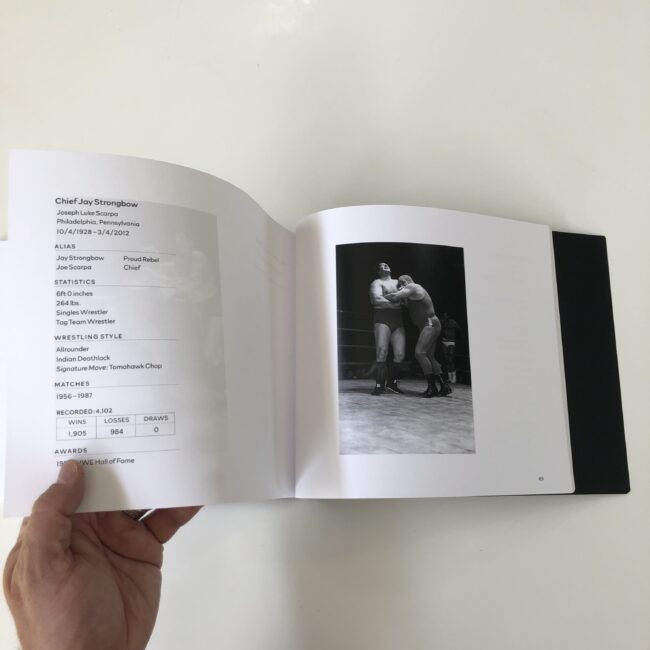
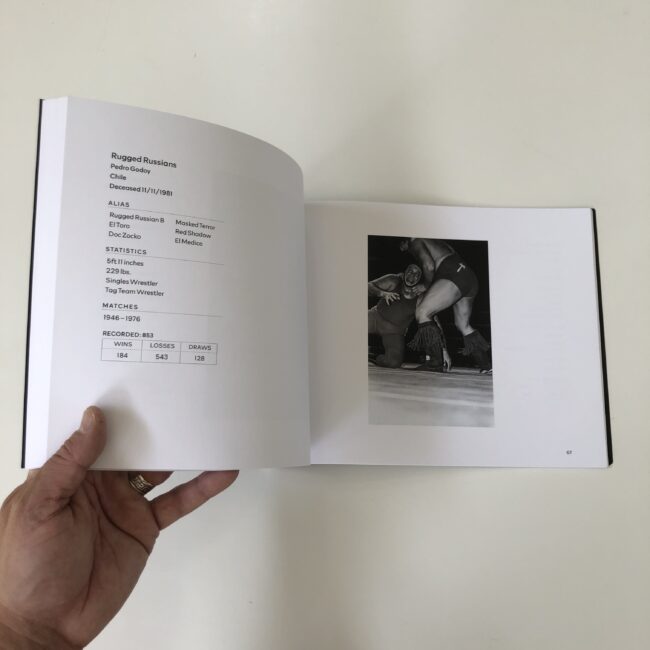

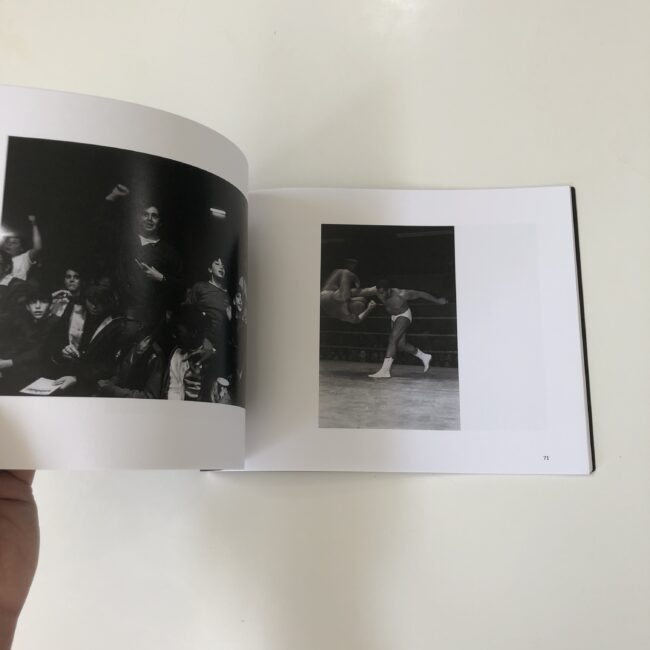


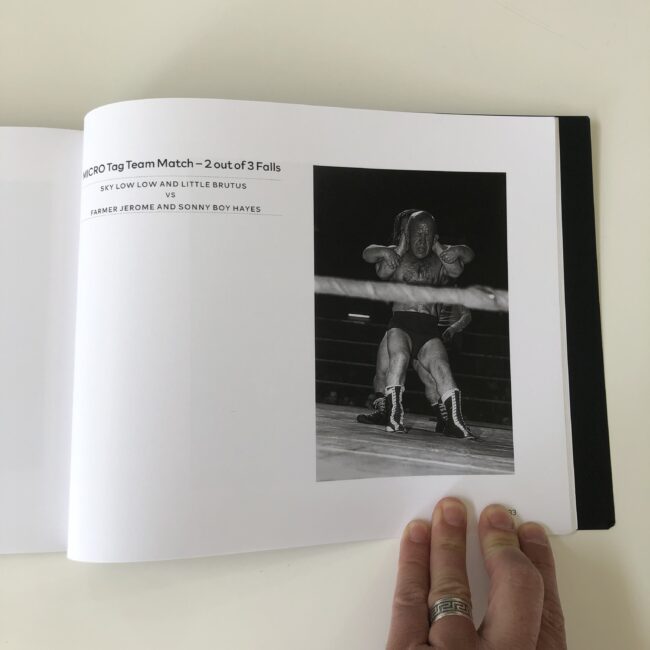
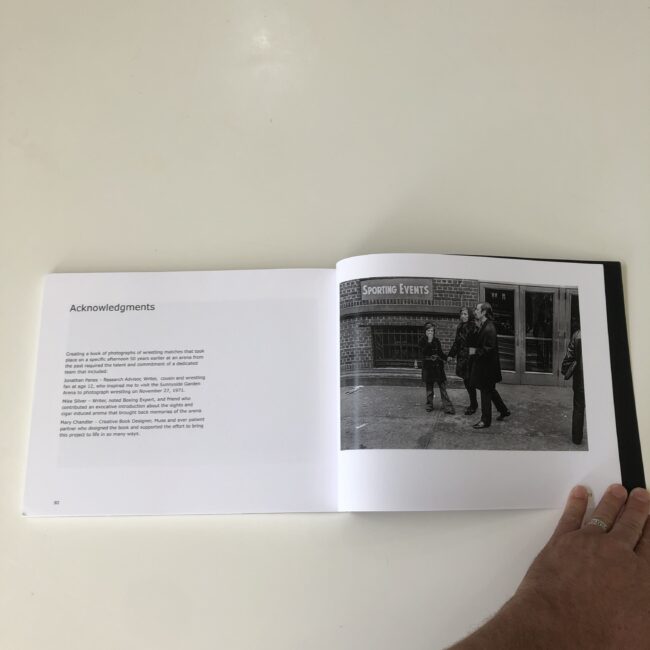

3 Comments
OMG- Sunnyside Garden! Never thought I’d see those two words in print ever again…
It was the workingman’s version of the much more heralded Garden across the (East) river. A place where even a teenager like myself could sometimes afford seats close to ringside. It was where the WWWF staged shows in the pre Hulk era (how did he ever get away with stealing that name?) mostly with their B roll stars in the NYC area. I remember: Watching Midget Tag Teams as three drunken guys with beers in the first row yelled out, “Hey, small world ain’t it? Hey, lemme buy ya’s a short one! Hey, how’s the little woman?” Seeing two competing wrestlers wink as they ran past each other bouncing off the ropes, and then… 1-2-3, submission hold- match over. Having the lights go out temporarily, and half the audience climbing unto the squared circle and having their own impromptu Battle Royal. Then finally walking out headed towards the subway as Good Guys and Bad Guys alike carpooled into the same car…
Nice job, Arthur!
Thanks for your comments Stan – when creating the book I felt it was important to address three audiences – photographers, the Sunnyside Garden community and fans of vintage wrestling. While archiving the negatives I realized that the images captured the atmosphere of the arena (cigar smoke and all) along with the enthusiasm of the fans who came from diverse backgrounds and age groups. It was an innocent time when fans were willing to suspend belief to enjoy the victory of their heroes over their enemies. You clearly enjoyed your visits to the arena and I have hopefully been able to bring back fond memories of your experiences a long time ago. You captured the flavor of 70’s wrestling in your comments – Appreciated!
Arthur Nager
Great photographs of the fans (as well as the wrestlers). I remember seeing those square-shaped guys in their styleless shoes and hats on the BMT– they were probably looking at the horse race pages for Belmont or Aqueduct in the Daily Mirror.
The photos are unforced.
Comments are closed for this article!